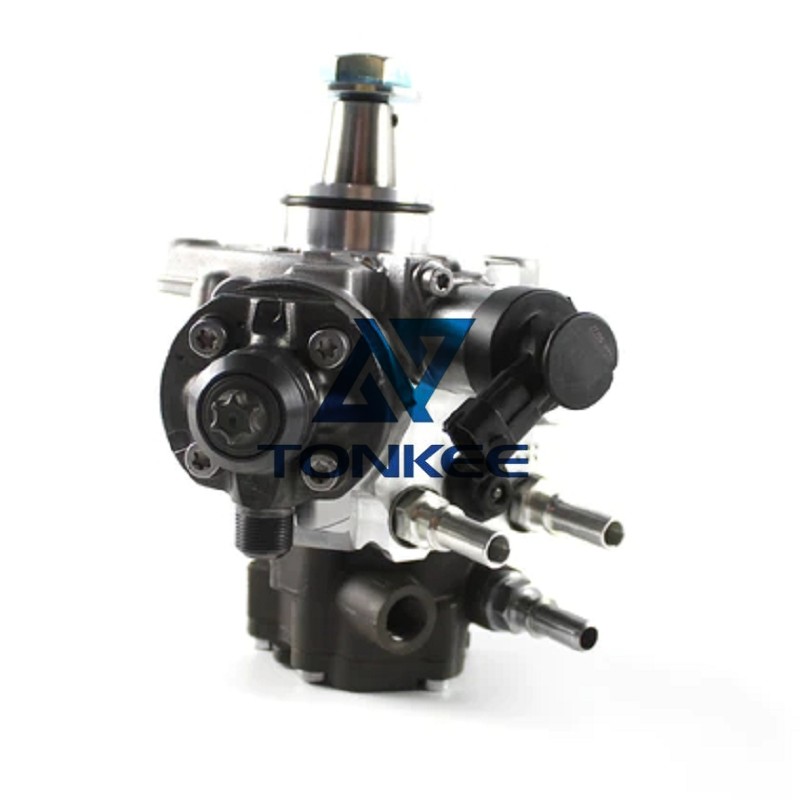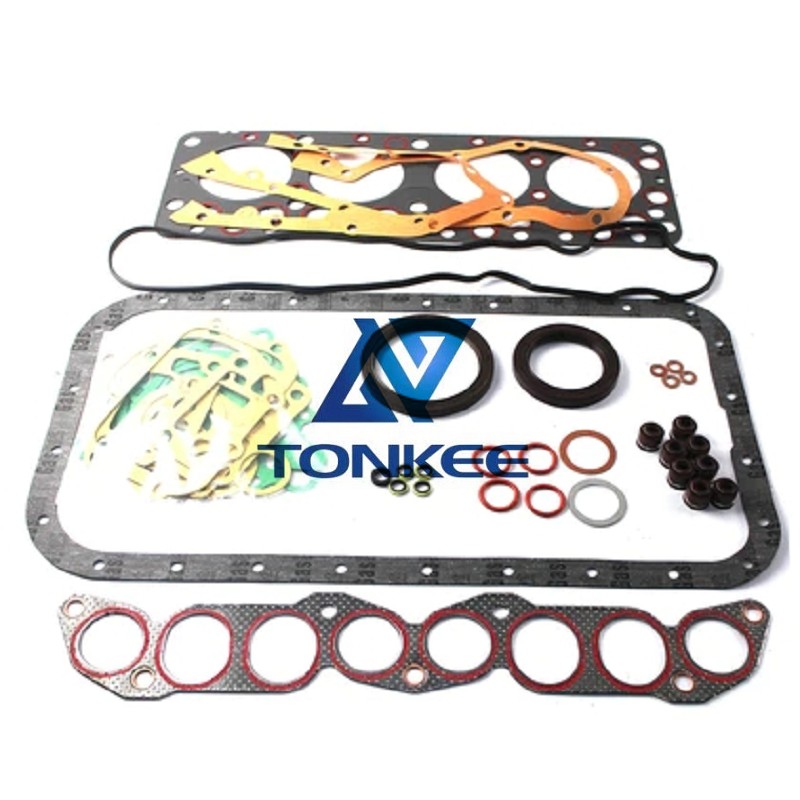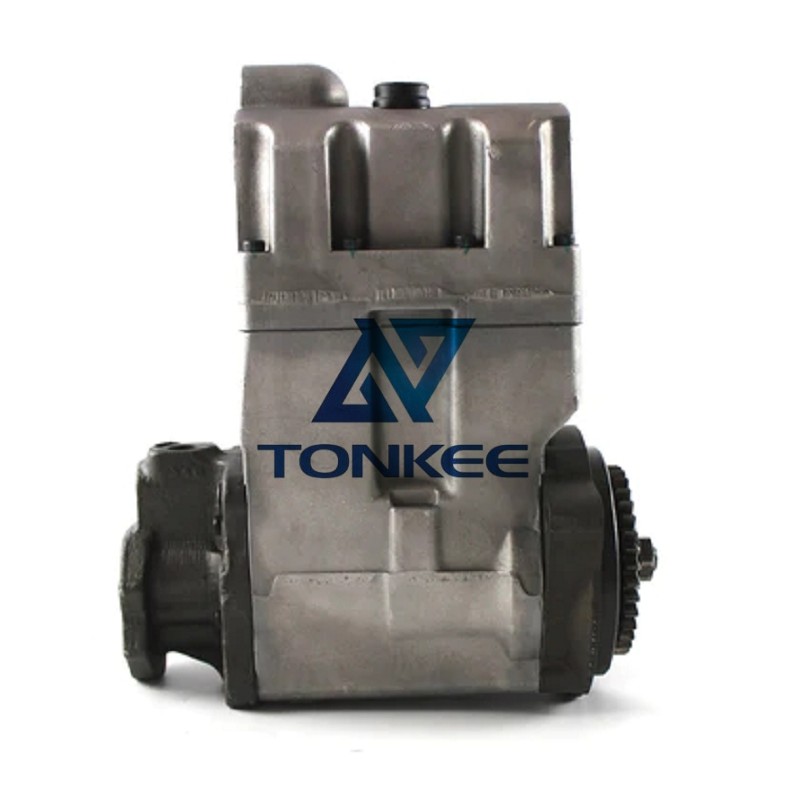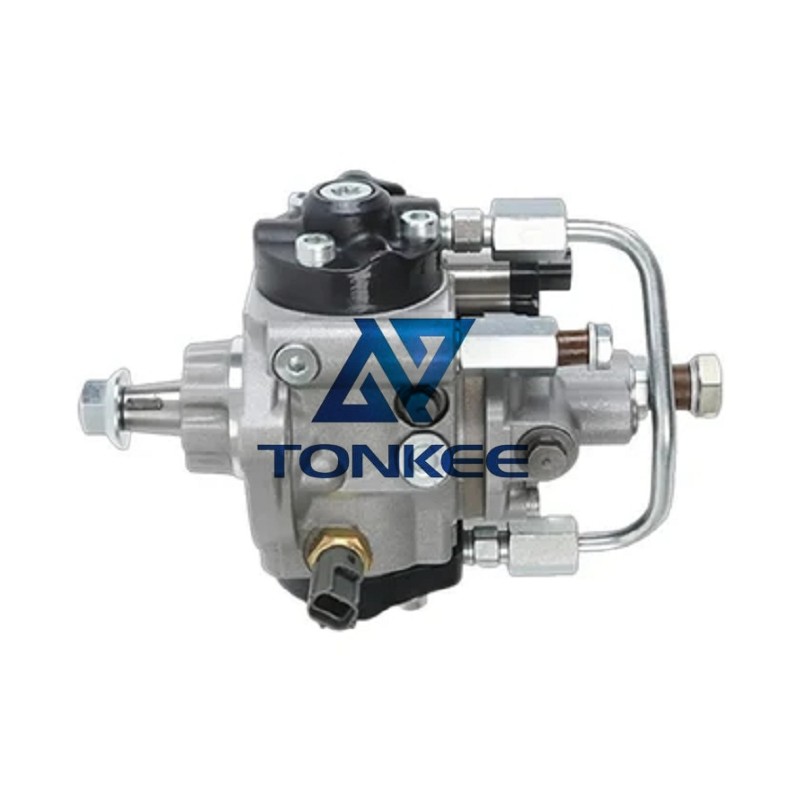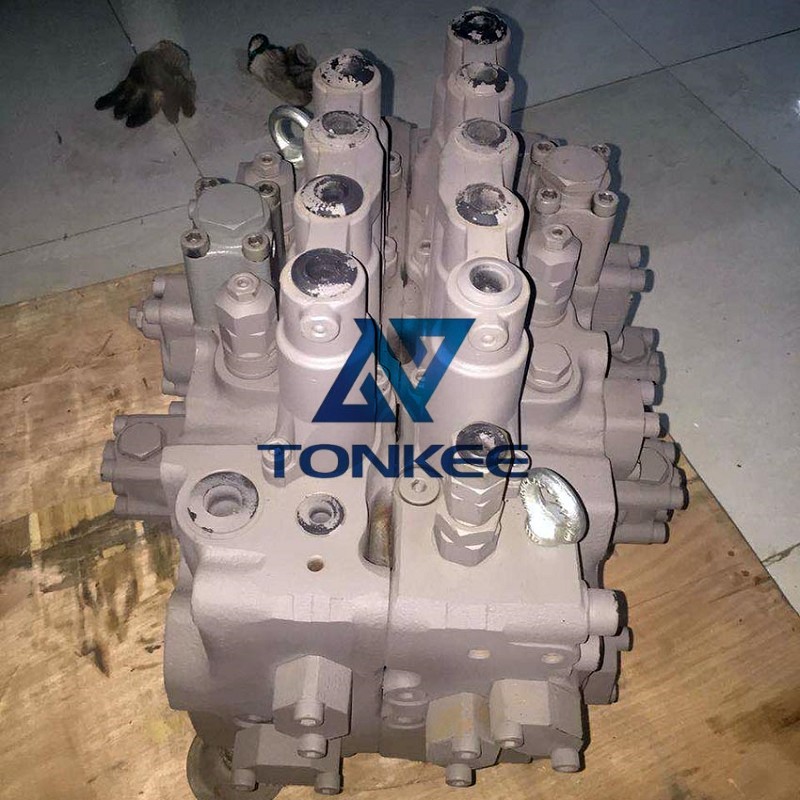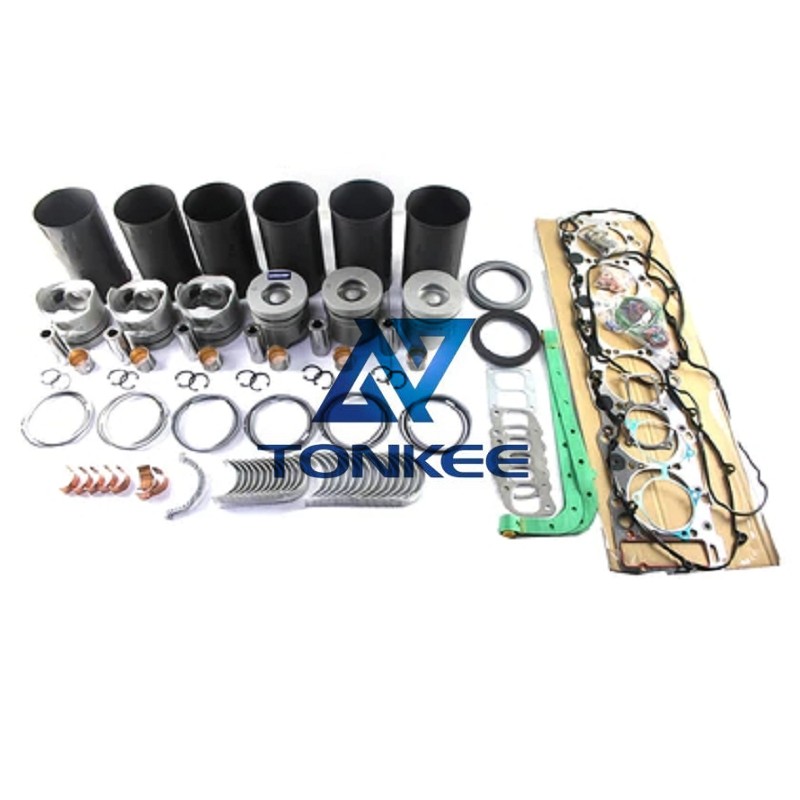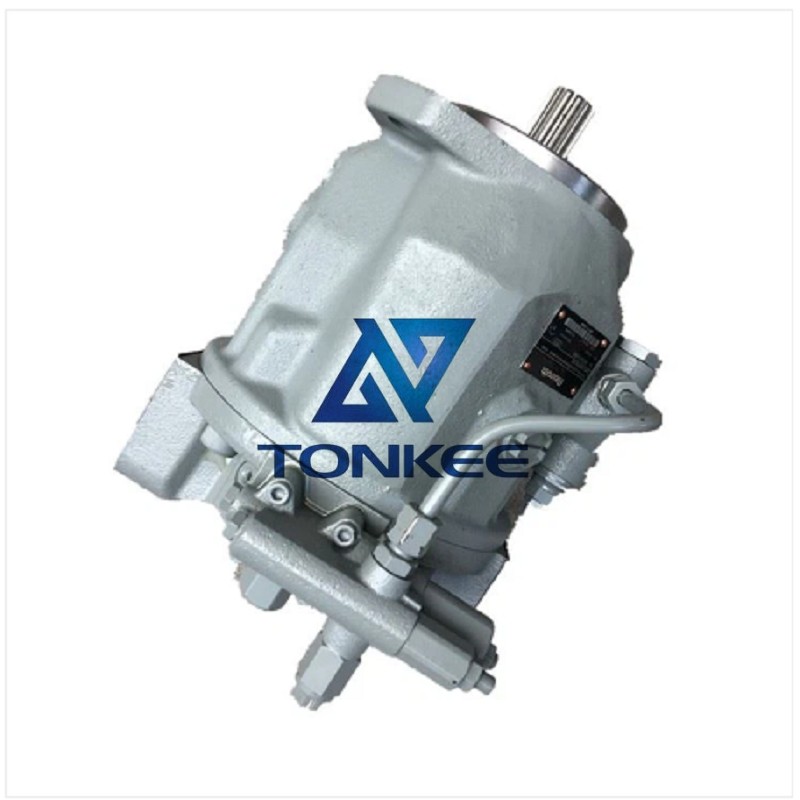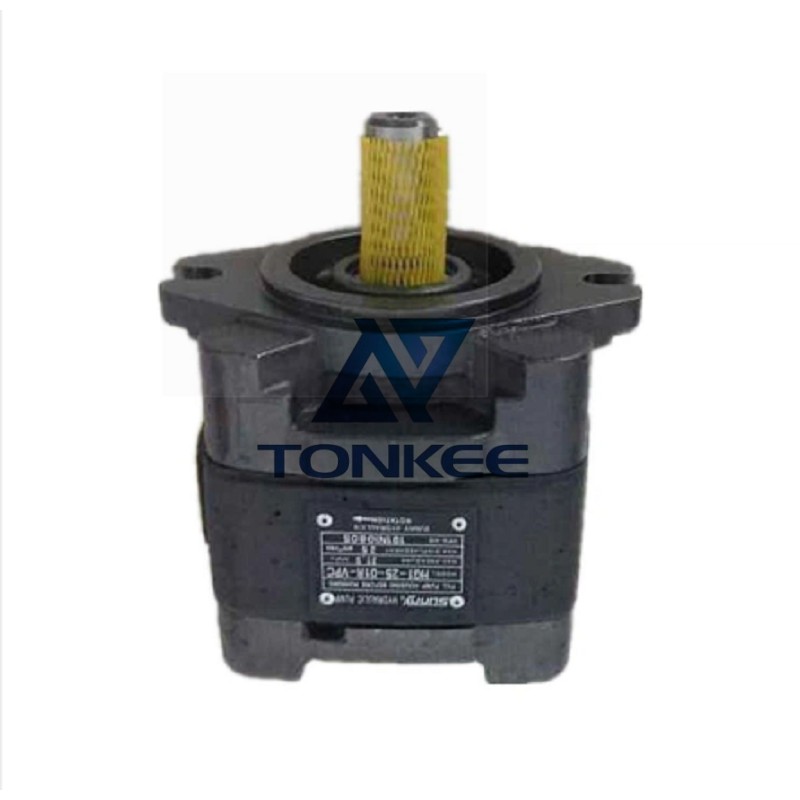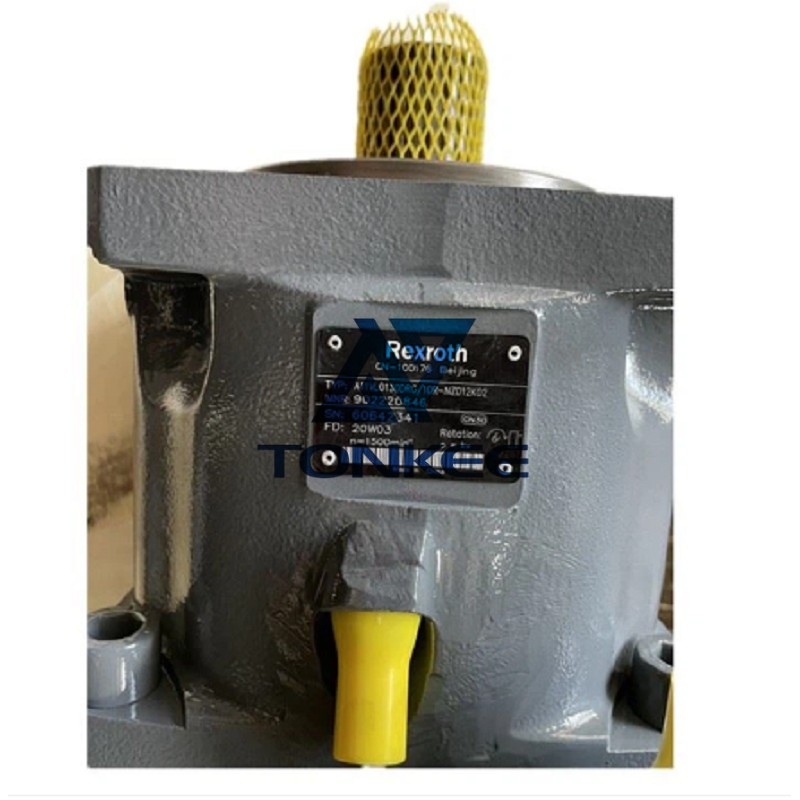
Pump Housing: The pump housing is made of high-quality cast iron or steel material to ensure robustness and longevity.
It provides a sturdy enclosure for all the internal components and protects them from external elements.
Piston Assembly: The piston assembly consists of pistons, piston shoes, and the swash plate mechanism. The pistons are responsible for generating the pumping action, while the piston shoes help in transmitting the hydraulic force. The swash plate mechanism regulates the angle of the piston strokes, allowing variable displacement and flow control.
Cylinder Block: The cylinder block contains multiple cylinders, each accommodating a piston and its corresponding piston shoe. It is precisely machined to ensure smooth movement of the pistons, minimizing friction and optimizing efficiency.
Valve Plate: The valve plate is mounted on the cylinder block and contains various control valves, including the inlet and outlet ports, as well as the pressure control valves. These valves regulate the flow direction, pressure, and other hydraulic parameters, ensuring efficient pump operation.
Control Mechanism: The control mechanism consists of a servo piston, servo pistons housing, and control springs. It helps in adjusting the swash plate angle based on the hydraulic load and system requirements, allowing the pump to deliver the desired flow and pressure.
Shaft: The pump shaft connects the drive source (such as an electric motor or an engine) to the piston assembly. It transmits the rotational motion, converting it into linear motion through the swash plate and pistons.
Bearings: The pump incorporates high-quality bearings to support the rotating components and reduce frictional losses. These bearings are designed to withstand heavy loads and provide smooth operation over an extended period.
Seals: The pump utilizes various seals, such as piston seals, shaft seals, and O-rings, to prevent hydraulic fluid leakage and maintain system integrity.
These seals are made from durable materials to withstand high pressures and temperatures.
Filtration System: The pump includes a filtration system to ensure the hydraulic fluid is free from contaminants. It typically consists of filters, screens, and bypass valves, effectively protecting the pump and other system components from damage.
Mounting Flange: The pump features a mounting flange that allows easy installation and connection to the hydraulic system. The flange provides a secure interface between the pump and other system components, ensuring reliable operation.
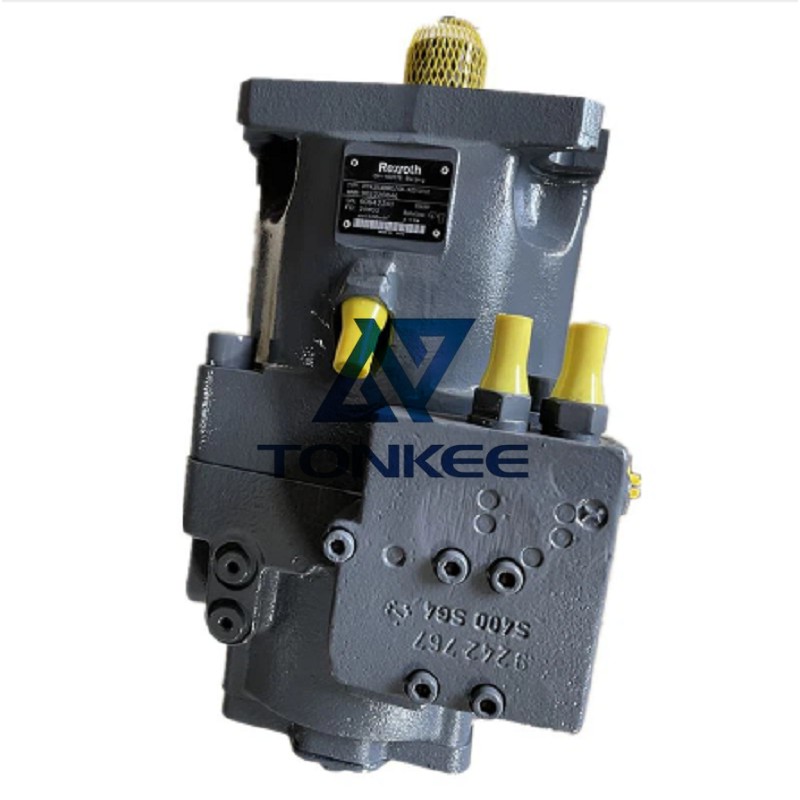



 English
English Русский язык
Русский язык

